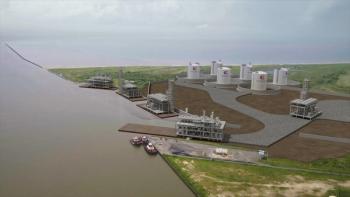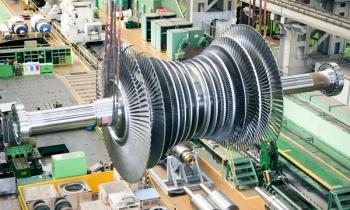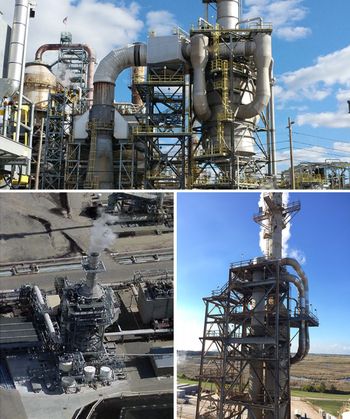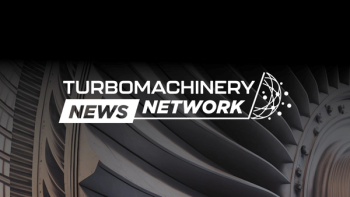
Newer-technology natural gas-fired generators are utilized more than older units in PJM
Although all NGCC generators tend to increase or decrease utilization in response to changes in the price of natural gas, older units tend not to be used when natural gas prices rise because they are less efficient and more expensive to run than newer technology units.
The rapid development of shale gas resources in Pennsylvania, Ohio, and West Virginia has contributed to sustained low natural gas prices and
Two factors affect the utilization of a combined-cycle natural gas generator: the efficiency of the generator and the delivered cost of natural gas. Newer NGCC generators use more efficient turbine technology and are generally larger than older units. Although all NGCC generators tend to increase or decrease utilization in response to changes in the price of natural gas, older units tend not to be used when natural gas prices rise because they are less efficient and more expensive to run than newer technology units.
EIA separates combined-cycle natural gas turbines in PJM into three groups, which reflect the turbine technologies available at the time they were built:
- Units built from 1990 to 1999
- B-, D-, and E-class gas turbines (GT) with 80 megawatt (MW)–110 MW capacity and average
heat rates greater than 8,000 British thermal units per kilowatthour (Btu/kWh) in combined-cycle mode - Units built from 2000 to 2009
- First generation F-class GTs with 160 MW–190 MW capacity and average heat rates of 7,300 Btu/kWh in combined-cycle mode
- Units built from 2010 to 2020
- Next generation F-class GTs with 200 MW–225 MW capacity and average heat rates of 7,000 Btu/kWh in combined-cycle mode
- First generation advanced H- and J-class GTs with 265 MW–340 MW capacity and 6,700 Btu/kWh heat rates in combined-cycle mode
Grid operators, such as PJM, dispatch generators sequentially from lowest to highest cost. Because NGCC units built from 2010 to 2020 generally have the lowest operating costs, they are dispatched more frequently. Because of their lower efficiency, units built from 1990 to 1999 have higher operating costs and are more likely to be the marginal generators in the dispatch order, meaning they are the last combined-cycle generators to be dispatched.
Newsletter
Power your knowledge with the latest in turbine technology, engineering advances, and energy solutions—subscribe to Turbomachinery International today.




